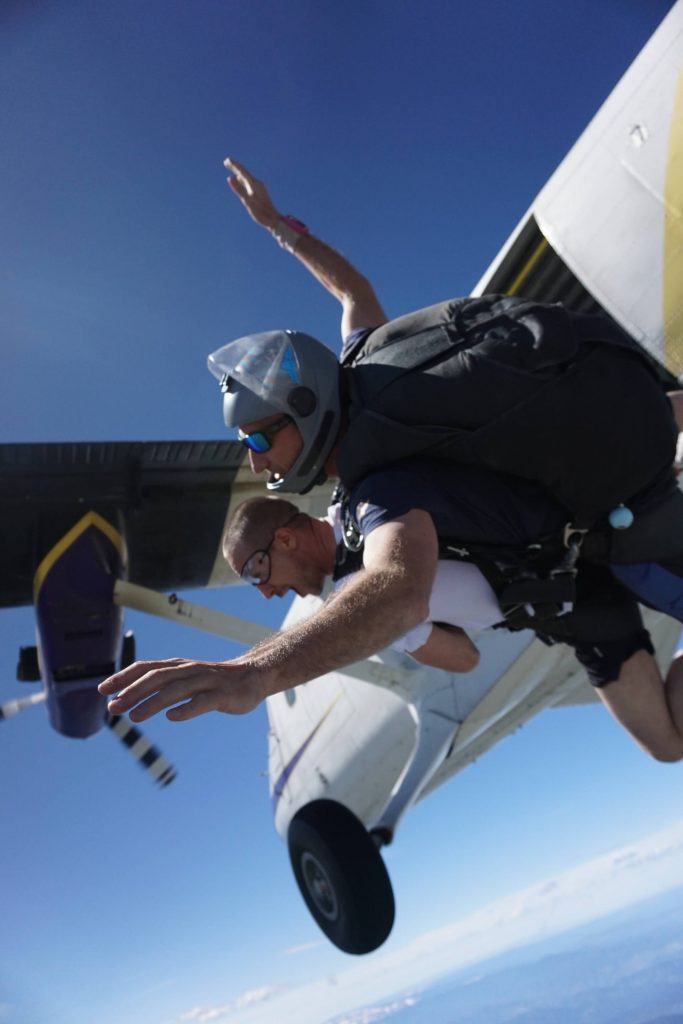
Skill
Skydiving requires complex skills that can be mastered through thousands of jumps. However, rudimentary skills can be understood as the first few jumps and are also very useful. There are four basic skills: basic safety, free descent, parachute adjustment, and landing.
Free descent
It’s the sky for the most part if you really strongEve begin training by reclining completely and maintaining her “box” position. If this position is maintained, the drop speed is about 120 mph. The basic skill for parachute opening is to acquire a stable box position. Next, the diver learns to move or change direction in the box position. This skill allows multiple divers to form multiple formations, and this training is called relative work. In the late 1980s, many experienced divers began to test positions other than box positions. In modern times, many divers begin free descent immediately after obtaining a license, skipping the RW process.
Parachute adjustment and landing
Determining when the parachute opens is safety-related. The parachute should be opened high enough to buy time to cope with the malfunction. be a skilled skymanEve should open her parachute at a minimum of 2500 ft. It’s a free strong skydive that should always check the altimeter to determine when the parachute opens by leaving the formation. It’s a lot of skydives that open higher up to practice parachute flight. Open parachute at 4000 or 5000 ft during “hop-and-pop” descent, which opens parachute upon departure from aircraft, is not a familiar scene.
There are two basic challenges in user-inserted image parachute flight. It is to land where you want to and avoid injury. It’s a part of the sky when you’re skilledEve also enjoys parachute flying. “Swoop” is an example of a dangerous technology that approaches the ground quickly and flies horizontally for a long-distance about a few feet above the ground.
Modern parachutes, or canopy “wings,” can fly quite long distances. Elliptical canopies can travel faster and farther, and small fully open canopies can move faster than humans can run, making landing difficult. It’s a skilled sky with a very small canopyIber can reach 60 mph on landing.
The right landing is the skirt will not inconvenience Eve and allow her to land within a few feet of the desired point. In a competition the precision descent champion lands within 2 inches of the center of the target point.
Most of the injuries that occur during skydiving these days occur while flying fully open, and the most common cause is immature and rapid manipulation near the ground, such as hook turn or low or high landing flares.
